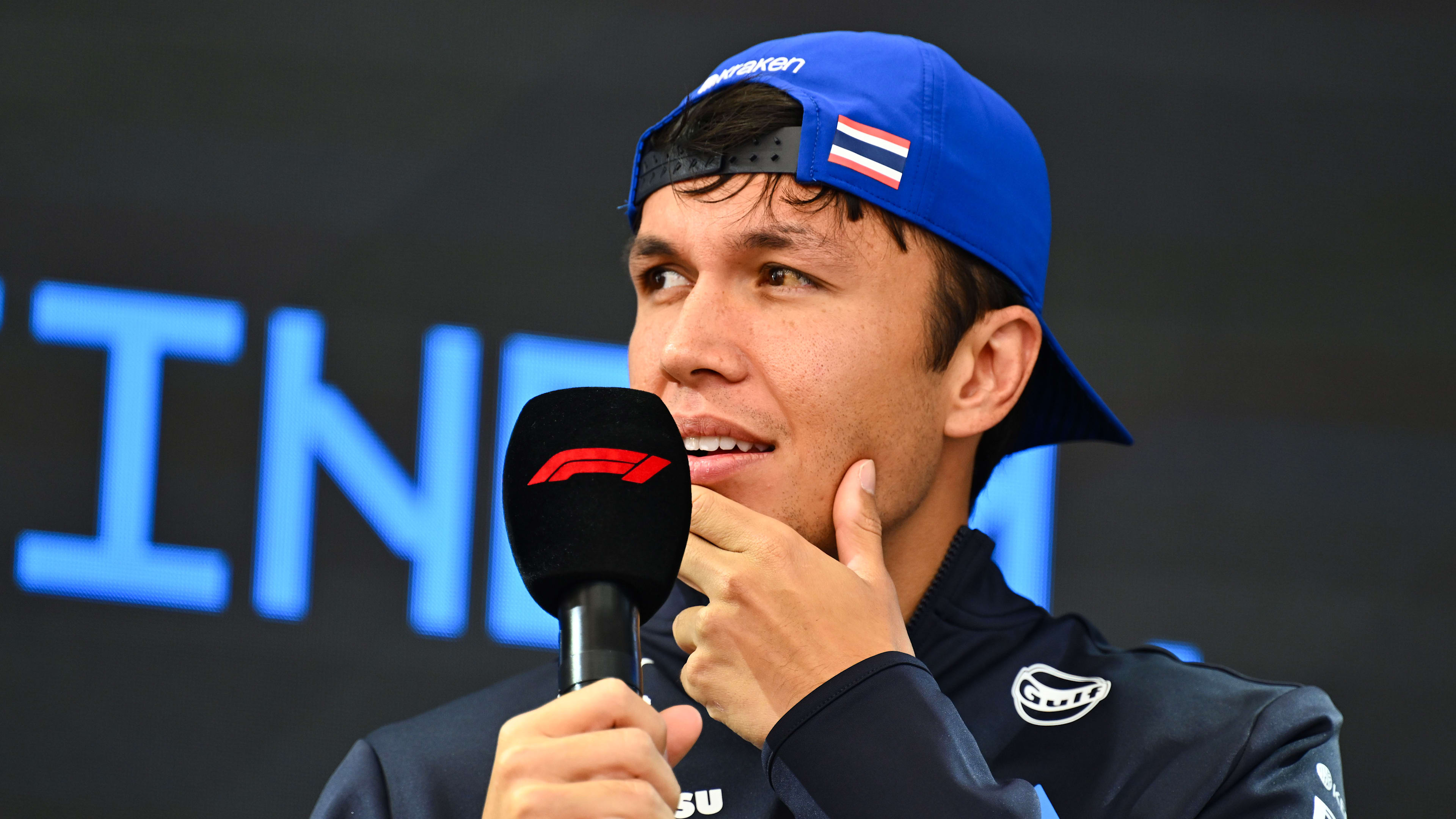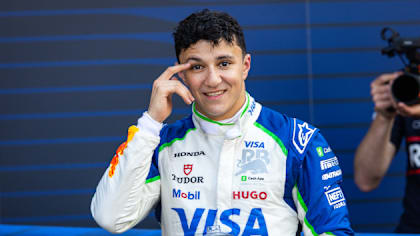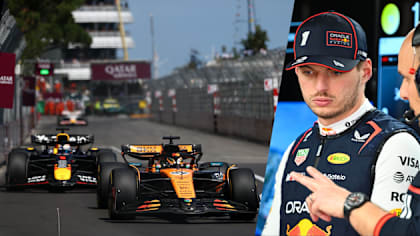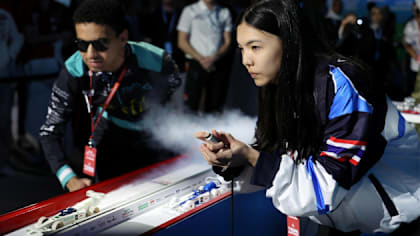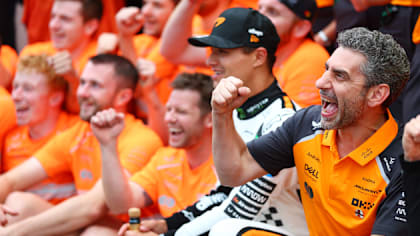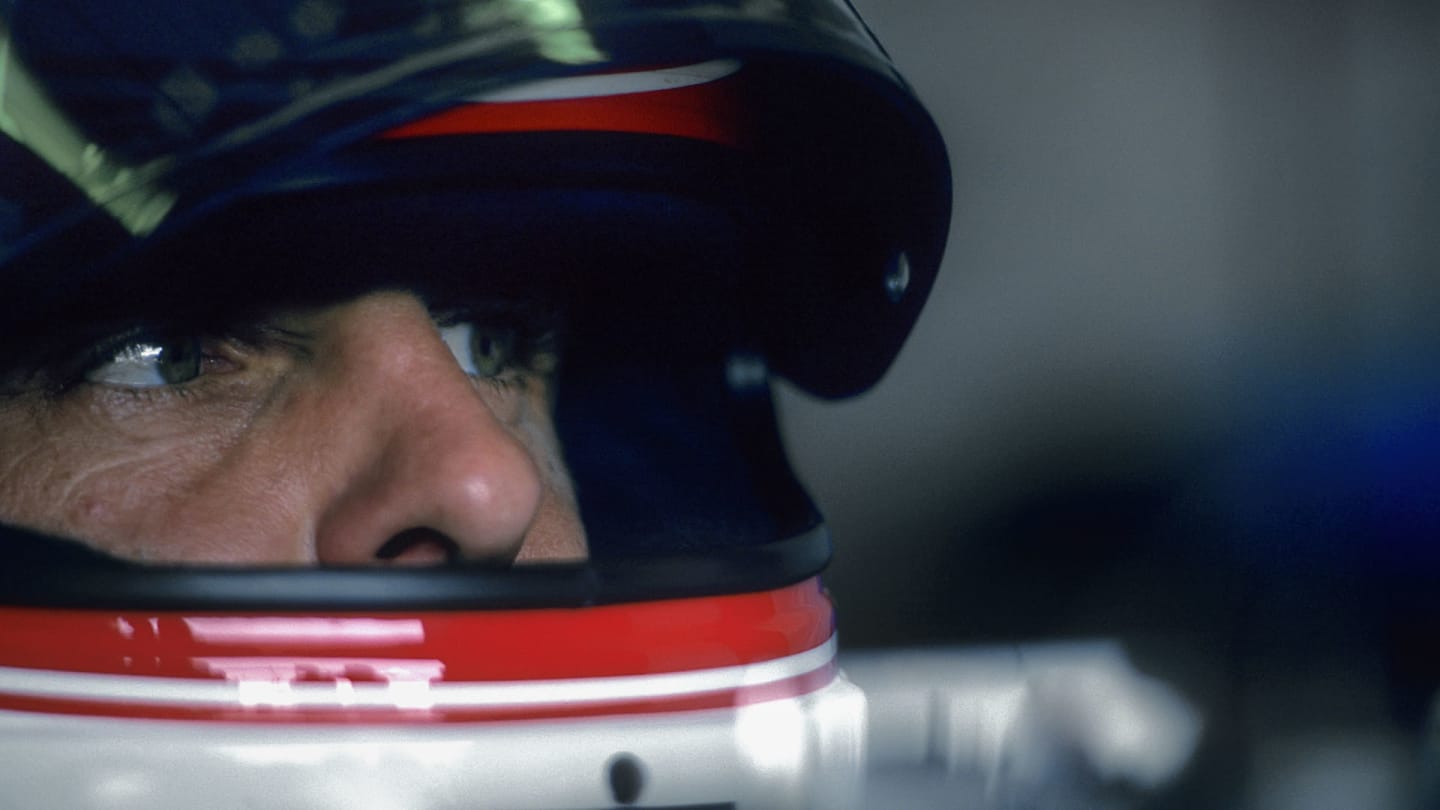
Feature
A racer through and through – Roland Ratzenberger remembered
Share

It's 27 years since Roland Ratzenberger's tragic death at the San Marino Grand Prix. The Austrian embodied the spirit and drive that often define our sporting heroes. While not blessed with the same natural gifts as Ayrton Senna, the man he will forever be linked with following that tragic weekend at Imola, he made a virtue of his unyielding commitment and enthusiasm to ascend into the highest echelons of his field.
He was that rarest of characters: charismatic, yet humble; shy, yet vivacious; able to climb the ladder without breeding enmity. His was a life dedicated, and ultimately surrendered, to a singular passion - motor racing.
Ratzenberger was born in Salzburg, Austria, on 4 July 1960. A relative latecomer to motorsport, he only began establishing his name 23 years later in various Formula Ford championships. He achieved notable success, and by 1985 had won the Austrian, German and European titles. A year later, he added the prestigious Formula Ford Festival crown, qualifying on pole and holding off a dogged, race-long assault from Philippe Favre. Two seasons of British Formula 3 followed, the first of which was with a West Surrey Racing (WSR) team that had won the title with Mauricio Gugelmin in 1985 and, two years prior, with Senna.
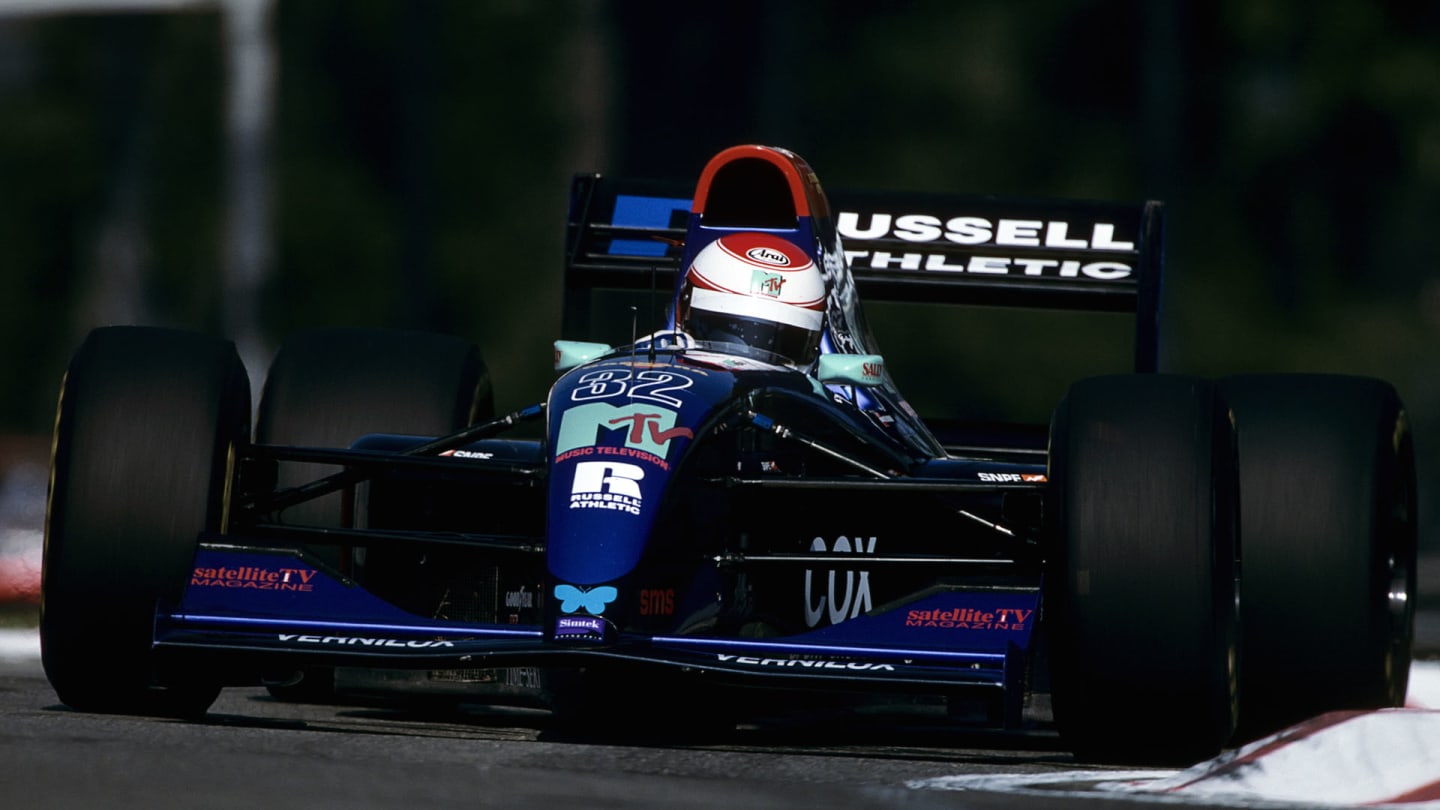
"Roland was a very good guy, and fitted in with everyone," WSR team principal and managing director Dick Bennetts reflects. "Not for the first time, he didn't have enough budget for the full season, but he was so driven that he didn't let that affect him.
"He was no slouch - anyone who wins the Festival is clearly very good. He had a particularly good feel in adverse conditions, so he was very quick in the wet. The highlight of the year was him winning at the Nurburgring in July, which was part of the 1987 F3 Euroseries. He started sixth, but came through to win the first race and finished runner-up in the second, in which he also set the fastest lap. He was so delighted.
"He didn't have the natural talent of a Senna, a Hakkinen or a Barrichello [WSR took the latter pair to subsequent F3 titles], so he worked that much harder to make things happen. He was a good all-rounder and very adaptable as a driver, but he made it because of that work ethic."
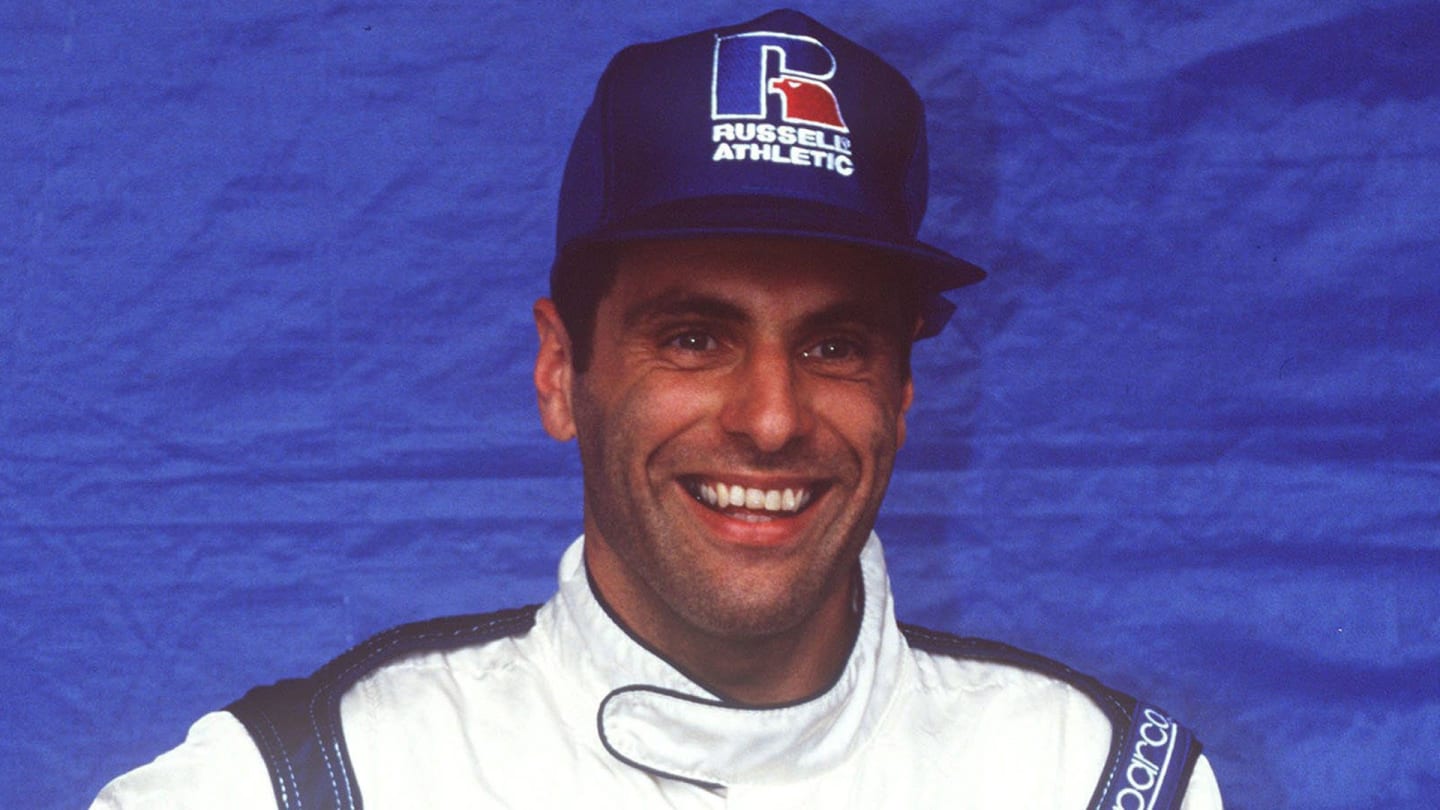
Ratzenberger would prove that versatility throughout his career. He branched into the World Touring Car Championship in 1987, while two years later he combined a race-winning season in British Formula 3000 with two races in the DTM and the first of what would become routine visits to the Le Mans 24 Hours. His best result in the legendary endurance race came in 1993, when he finished fifth - just four laps off the podium - in a SARD Toyota 93 C-V shared with Mauro Martini and Naoki Nagasaka.
Faced with the dilemma of how to further his career, Ratzenberger headed for Japan, where he raced in sportscars, touring cars and F3000. Success would again follow: he swept to victory in the Fuji 1000km in 1990 and won the prestigious Suzuka 1000kmsthe following season - which he supplemented with a podium in the Daytona 24 Hours classic in 1992.
At the end of 1991, he tested IndyCar champion Michael Andretti's Lola at Laguna Seca and lapped within fractions of a second of the American. Formula One racing remained his ambition throughout, however, though plans for an F1 debut with Eddie Jordan's emergent, eponymous team went awry due to his sponsor withdrawing.
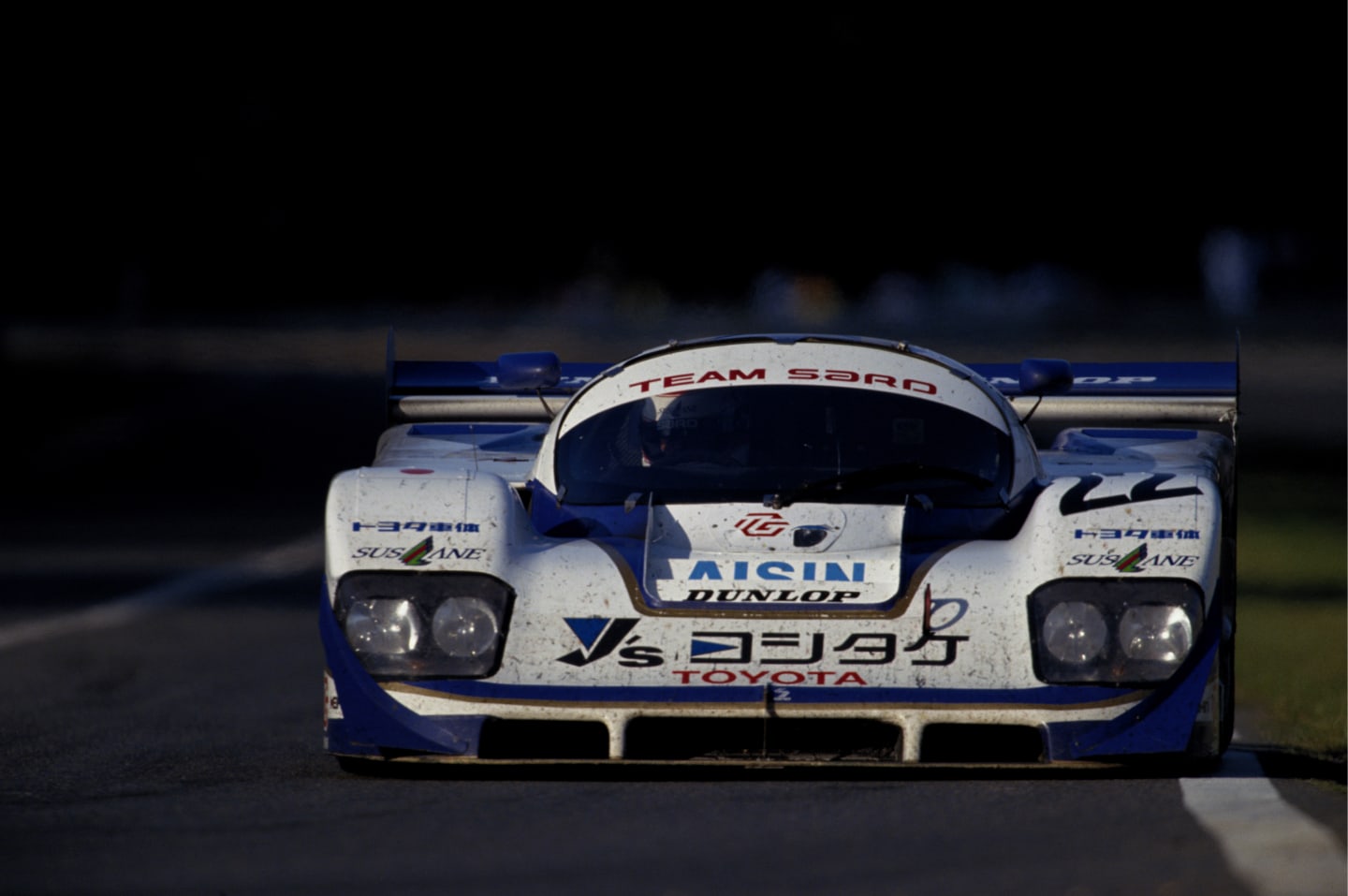
Ratzenberger and team mates Mauro Martini and Naoki Nagasaka took the SARD Toyota 93CV to fifth position in the 1993 Le Mans 24 Hours Race
His chance would finally arrive in 1994 with the fledgling Simtek squad, where he would partner David Brabham. Not for the first time, Ratzenberger did not have the budget sorted for a full season's racing.
"We spent some time together early on, training together and also going down to Monaco," recalls Brabham "The thing about Roland was he was immediately easy to get on with - he was a great guy. For me he was the model racer: fit, good looking, and someone who lived life to the full.
"He struggled for money - he always had to find it and raise it by himself. He didn't have a silver plate; it was always a personal battle. That was why he'd gone to Japan, because he could make money. He would go wherever he could to drive. He and I had both raced at Le Mans and were now in F1, which was something fairly unique to us really. Reaching F1 had always been his goal though, and he achieved it."
Ratzenberger failed to qualify for 1994's opening race in Brazil. He missed dry practice due to mechanical issues and was then prevented from setting a competitive time as rain washed out final qualifying. He did, however, make the grid for round two in Japan where he would finish 11th, despite a less than compliant car.
"He was struggling and I remember him complaining about his brakes," says Brabham "The team asked me to try them at Imola so I went out, did two laps and came in - they were complete junk. He improved after that and was right with me; suddenly the gap was slashed to a few tenths and he got more and more confident. Everyone was encouraged."
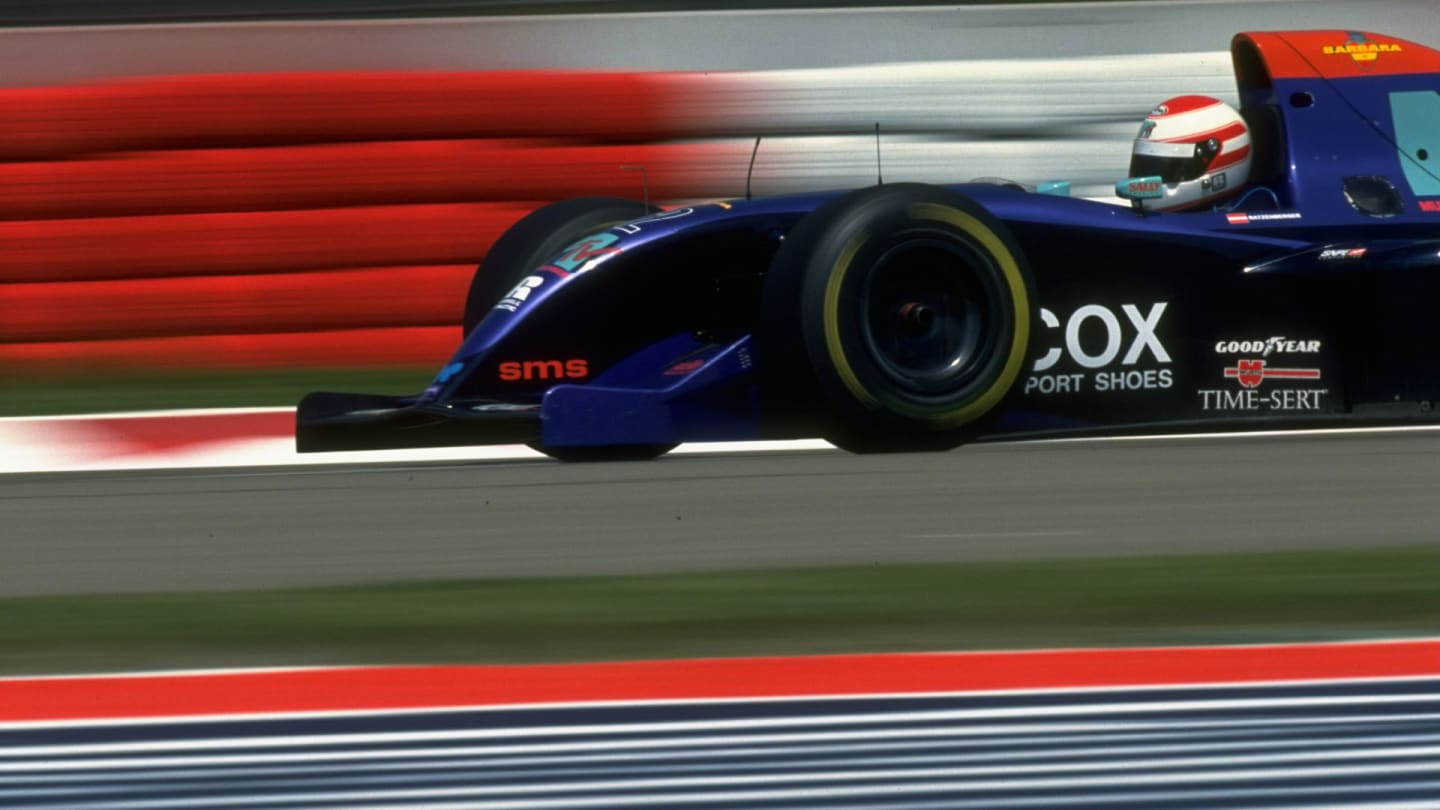
The breakthrough would go unfulfilled. During qualifying Ratzenberger ran wide and off the road at Acque Minerali, apparently damaging the front wing of his car. He opted to stay out, but approaching the flat-out Villeneuve kink on the next lap his wing failed, and he was pitched into the barriers at over 300km/h.
"There are parts of Imola I can't remember, for obvious reasons," Brabham recalls. "Like anything in life, you can't fully understand the experience before you actually go through it. It was devastating, there is no other word. I was numb.
"The whole team was the same; we had a huge black cloud hanging over all of us. In the end I decided to have a go in the warm-up, and felt okay. When I came in, though, I could sense the cloud had lifted ever so slightly, and that prompted the decision to race.
"It was a fight to continue, and there were probably parts where I wasn't fully there, but it was all done in respect to Roland. I'll forever remember his smile. He was a very committed driver, and very honest both on track and off, but it's his smile that is my enduring memory. He was a racer through and through; he lived and loved the sport. I've never once regretted racing that day in tribute to him."
Just one day later, Senna's fatal accident would send shockwaves around the world. It later emerged that the Brazilian had been carrying a furled Austrian flag in his cockpit, in planned tribute to Ratzenberger.
"Saturday was terrible. After Sunday, we were all completely stunned," Bennetts says.
"Even when he was with us, Ayrton had an attitude that he was the best. He had so much talent, but that had certain implications too, and he could be a tough cookie to deal with. Roland never had that. He was a more quiet type, a lovely guy who lived for racing. We will always remember them. It was a tragedy for motorsport. More importantly, it was a tragedy for two young men."
This article was originally published on April 30, 2019.
Share
YOU MIGHT ALSO LIKE
News ‘Liam helped me massively’ – Hadjar praises team mate Lawson as he hails ‘perfectly executed’ Racing Bulls strategy in Monaco
FeatureF1 Unlocked MONDAY MORNING DEBRIEF: How Red Bull rolled the dice to give Verstappen the chance of an against-the-odds victory in Monaco
News Inaugural Aramco STEM Racing World Finals to be held in Singapore
News ‘This is just the start’ – Stella backs Norris to hit top form after ‘cold blood’ Monaco victory
